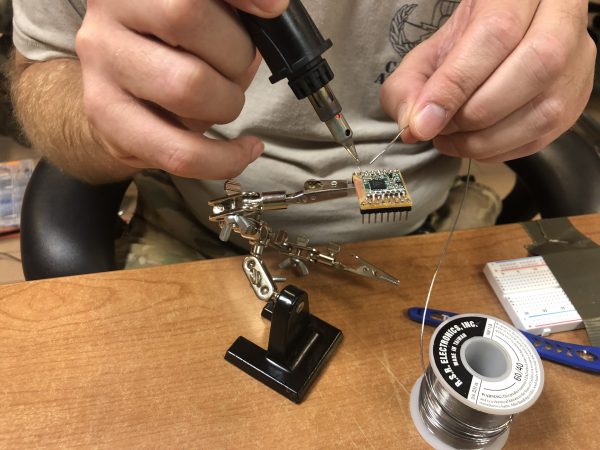Sale!


USAF EOD Electronics
Original price was: $32,500.00.$24,650.00Current price is: $24,650.00.
Description
|
Understand the fundamentals of Electronic Theory
|
|


